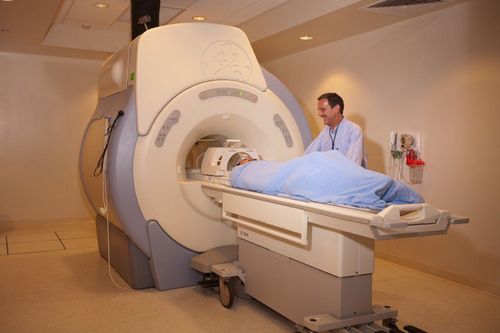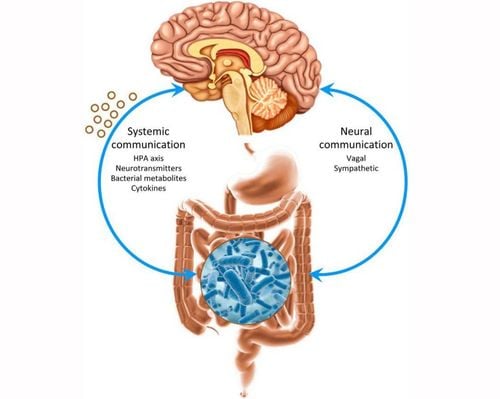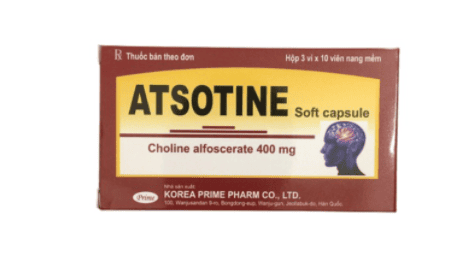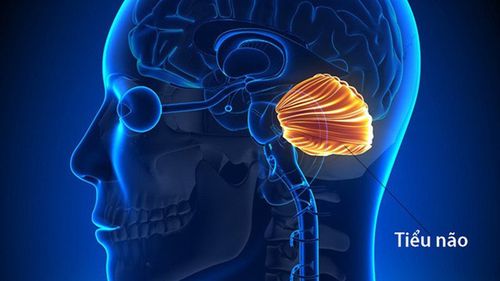This is an automatically translated article.
The cerebellum is the part of the brain that plays an important role in most physical movements such as driving, throwing a ball, walking. Accordingly, problems with the cerebellum are very rare, but if any are mainly related to difficulty with movement and coordination of the body.
1. Location and anatomy of cerebellum
The cerebellum (English name is cerebellum) is the largest structure of the hindbrain (hindbrain) and is located at the back of the skull, below the temporal and occipital lobes and behind the brain stem.When looking at the brain, the cerebellum looks like a smaller structure separate from the brain, found below the hemispheres of the cerebral cortex. The cerebellum consists of: the cerebral cortex covered with white matter and the fluid-filled ventricles. It is also divided into two hemispheres like the cerebral cortex. The cerebellum makes up only 10% of the total volume of the brain, but it contains more than half of the brain's nerve cells.
2. Cerebellar function
The cerebellum plays an important role in the regulation of muscle tone, coordination of movements and thereby helps the body maintain balance. Here are some of the major functions of the cerebellum:
2.1. Coordination of Active Movements Motion is a complex process that requires several different muscle groups to work together in order to perform. For example, to perform movements such as walking, running or throwing a ball requires coordination between many different muscle groups throughout the body. Although the cerebellum is not supposed to be the source of all movement, this part of the brain helps organize all the actions of the muscle groups involved in the movement to ensure that the body's movements are coordinated.
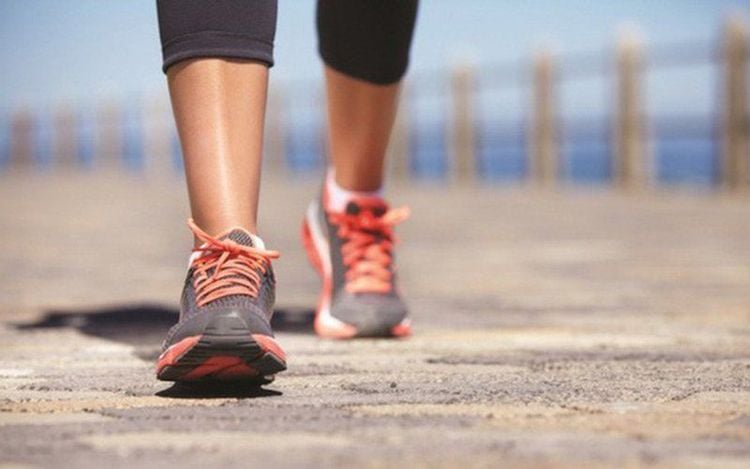
Tiểu não giúp điều hòa các chuyển động chủ động
2.2. Balance and Posture To understand the importance of the cerebellum, you can look at the example below when the function of this part of the brain is impaired. For example, when drinking alcohol, the substances contained in alcohol will have an immediate effect on the cerebellum and lead to a disruption in the body's ability to coordinate and move. Leads to people who are intoxicated not being able to walk in a straight line or not be able to touch their own nose when asked.
2.3. Motor Learning When you learn how to perform a new skill like riding a bike or hitting a baseball, you often go through a trial-and-error process. As you adapt your movements as you learn a new skill, you will then be better able to perform the new skill and ultimately perform the new action seamlessly. The cerebellum plays an important role in this motor learning process.
3. Diseases of the cerebellum
Pathologies of the cerebellum are the result of the close relationship between the cerebellum and movement, the most common signs of cerebellar disorders related to disturbances in muscle control.
Symptoms or signs include:
Lack of control and coordination of the muscles Difficulty walking and moving Slow or difficult speech Abnormal eye movements Headache Multiple urinary disorders brain, including:
Stroke, Hemorrhage, Toxicity, Genetic Abnormalities, Infections, Cancer
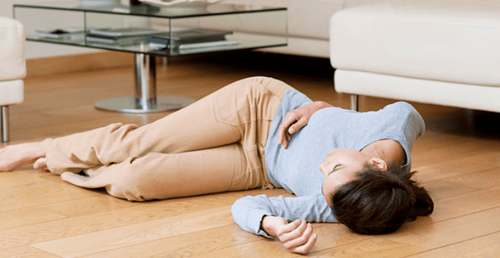
Đột quỵ là một trong những triệu chứng rối loạn tiểu não
4. How to protect the cerebellum?
Maintaining overall brain health is the best way to avoid cerebellar damage. Reducing the risk of stroke, brain injury, and exposure to toxins can help prevent some forms of imbalance and coordination (ataxia).
Quit smoking: Smoking increases the risk of stroke by thickening blood vessels and increasing blood pressure. Limit alcohol use: When drinking large amounts of alcohol can damage the cerebellum, raise blood pressure and lead to an increased risk of stroke. Exercise: Regular physical activity benefits the heart and blood vessels and reduces the risk of stroke. The Centers for Disease Control and Prevention recommends about 2.5 hours of exercise per week. Head Protection: Wearing seat belts, helmets, and fixing hazardous locations in the home help reduce the risk of traumatic brain injury. Take measures to help people in the home prevent falls. Parents should also make sure that small children do not enter balconies or emergency exits. The cerebellum plays an important role in the regulation of muscle tone, coordination of movements, and in turn helps the body maintain balance. Therefore, it is very important to protect the cerebellum cells of the brain, which can minimize the damage to the cerebellum, affecting human health.
Vinmec International General Hospital is the address for examination, prevention and treatment of many diseases. With professional service quality, modern equipment, experienced medical team will bring optimal results to customers.
Customers can directly go to Vinmec Health system nationwide to visit or contact the hotline here for support.
References: medicalnewstoday.com, verywellmind.com






